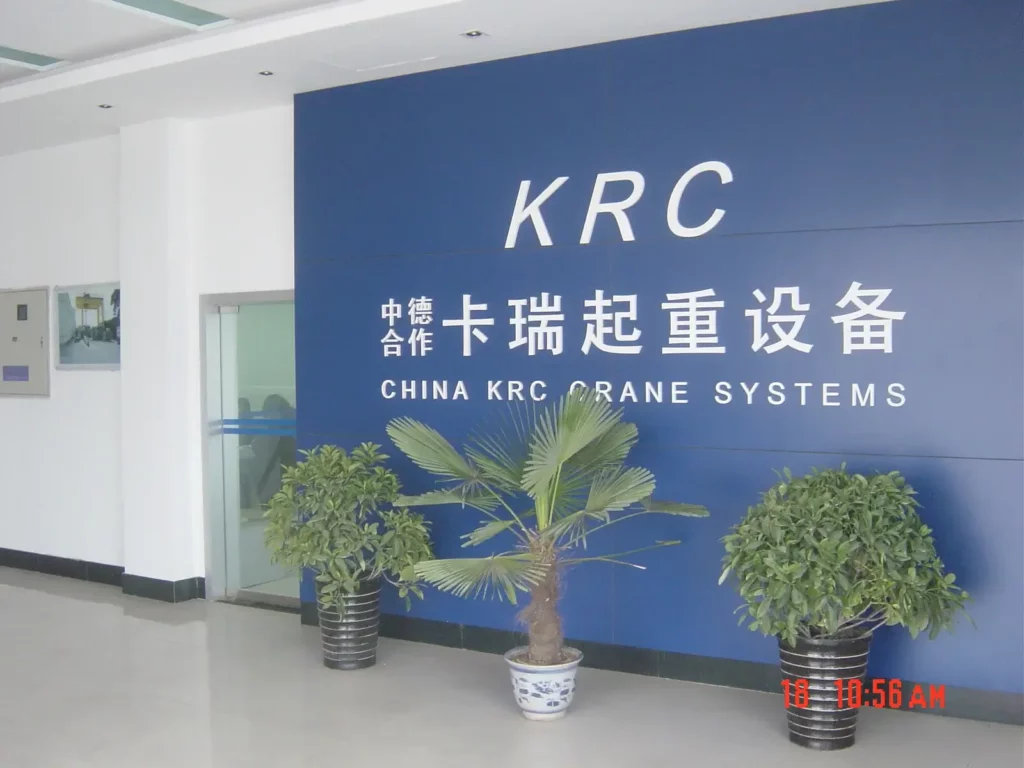When considering the purchase of a gantry crane, understanding the associated costs is crucial for making informed decisions. These versatile lifting solutions are essential in various industries, from manufacturing to construction. However, prices can vary significantly based on multiple factors, including capacity, materials, and design features.
This guide will delve into the key elements that influence gantry crane costs, providing a comprehensive breakdown of expenses. Readers can expect to learn about initial investment, installation, maintenance, and operational costs, ensuring they can budget effectively for their needs. Additionally, we will explore the differences between new and used models, helping you determine the best value for your specific applications.
Gantry Crane Cost: A Comprehensive Guide
Looking to elevate your material handling operations with a gantry crane? Whether you’re considering a brand-new system or a pre-owned model, and debating between purchasing or renting, these choices can significantly impact your project’s overhead. Gantry crane costs depend on various factors such as lifting capacity, span, height, and custom features. This guide will provide you with insights into the costs associated with gantry cranes, their technical features, and the different types available in the market.
Understanding Gantry Crane Costs
Gantry cranes are essential for various industries, providing efficient material handling solutions. Their pricing is influenced by several factors:
-
Size and Capacity: Larger cranes with higher lifting capacities tend to cost more. For instance, a double girder gantry crane typically costs more than a single girder crane.
-
New vs. Used: New gantry cranes can range from $10,000 to $500,000, while used models may be 30% to 50% cheaper.
-
Rental Costs: Renting a gantry crane can cost between $1,000 to $10,000 per month, depending on specifications and rental duration.
-
Customization and Features: Additional features such as advanced technology or custom designs will increase the cost.
-
Market Fluctuations: Prices can change due to factors like steel costs, construction industry growth, and safety regulations.
Technical Features of Gantry Cranes
Understanding the technical features of gantry cranes is crucial for making an informed purchase. The following table outlines key specifications:
| Feature | Description |
|---|---|
| Lifting Capacity | Ranges from 0.25 to 500 tons |
| Span | Varies from 2 to 40 meters |
| Height | Adjustable up to 30 meters |
| Power Supply | Typically 220-480V, 3 phase, 50Hz |
| Duty Cycle | A3, A4, A5 (light to heavy duty) |
| Control Type | Manual, pendant, or remote control |
| Material | Steel or aluminum construction |
| Mobility | Fixed, portable, or rail-mounted |
Types of Gantry Cranes
Gantry cranes come in various types, each suited for different applications. The following table summarizes the main types:
| Gantry Crane Type | Price Range | Key Features |
|---|---|---|
| Portable Gantry | $900 – $10,000 | Lightweight, adjustable height, mobile |
| Single Girder | $2,200 – $50,000 | Cost-effective, suitable for lighter loads |
| Double Girder | $44,000 – $206,000 | Higher lifting capacity, customizable |
| Rail Mounted | $264,000 – $471,000 | Stable movement, high precision |
| Rubber Tired | $65,000+ (Electric) | Versatile, suitable for outdoor use |
| Container Gantry | $200,000 – $500,000+ | Specialized for container handling |
Factors Influencing Gantry Crane Cost
When considering a gantry crane, several factors will influence its cost:
-
Type of Crane: Different types have varying price points, with portable models being more affordable compared to larger, specialized cranes.
-
Installation and Modification: Costs for installation, including potential modifications to your facility, can add significantly to the overall budget.
-
Maintenance and Operational Costs: Ongoing maintenance, insurance, and operational expenses should also be factored into your long-term budget.
-
Market Conditions: Economic factors, such as steel prices and construction trends, will also affect pricing.
-
Brand and Quality: Well-known brands may charge a premium but often provide better quality and support.
Buying vs. Renting Gantry Cranes
The decision to buy or rent a gantry crane is significant and will impact your financial planning. Here’s a comparison:
| Factor | Buying | Renting |
|---|---|---|
| Initial Cost | $10,000 – $500,000+ | $1,000 – $10,000/month |
| Maintenance | Owner’s responsibility | Included in rental |
| Flexibility | Limited to owned equipment | Access to various models |
| Long-Term Cost | Generally lower over time | Can be higher if used frequently |
Conclusion
Investing in a gantry crane is a crucial decision for enhancing your material handling operations. Understanding the costs involved, the technical features, and the types available will help you make an informed choice. Whether you opt for a new or used crane, or decide to rent, ensure that your selection aligns with your operational needs and budget.
FAQs
Related Video
What is the average cost of a gantry crane?
The average cost of a gantry crane can range from $10,000 to $500,000, depending on the type, size, and features.
How much does a portable gantry crane cost?
Portable gantry cranes typically range from $900 to $10,000, making them a cost-effective option for lighter loads.
What factors affect the cost of a gantry crane?
Factors include size, lifting capacity, type of crane, customization, installation costs, and market conditions.
Is it better to buy or rent a gantry crane?
It depends on your usage needs. Buying is generally more cost-effective for frequent use, while renting provides flexibility for short-term projects.
How long do gantry cranes last?
With proper maintenance, gantry cranes can last 20-30 years or more, depending on usage and environmental conditions.

